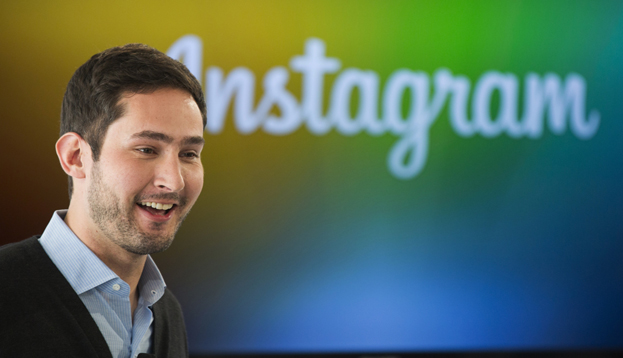It’s finally happened. Instagram has officially rolled out its advertising API, making it in leagues with platforms like Facebook and Twitter in terms of its accessibility to marketers. The move has spurred Brand Networks’ CEO Jamie Tedford to say that today is “one of the most anticipated moments in the evolution of advertising.” While that may be a little hyperbolic, there’s a lot to be excited for.
“Instagram’s announcement is huge for their future and monetizing the platform. This will open the platform up to all of the advertisers that have been clamoring to take advantage of this without the large minimum spend requirements,” says Ayzenberg‘s SVP of social and digital media, Rebecca Markarian. “The immediate revenue growth for Instagram will be massive and probably quickly accelerate to the top of the social advertising networks.”
A recent report from eMarketer showed Instagram’s revenue potential from display ads could bring a projected $2.81 billion in profit by 2017, taking 10.6 percent of Facebook’s total ad revenue in that year. With all of this increased interest in Instagram’s display ad capabilities, you may be wondering what exactly the API will allow marketers to do.
“The biggest thing the API rollout brings is accessibility,” says Markarian. No longer will marketers be forced to work with Instagram directly for their digital ad purchases. “Previously it was only an elite few brands that could get in to advertise on Instagram. The past few months that has definitely opened up but this really breaks down the barrier to entry for all brands.”
“Instagram is where our clients see the most engagement already so being able to create ads targeting those groups is the natural next step in our social content strategy and they’ve been wanting this for quite some time.”
While the API will make a huge difference for marketers, there is some trepidation about what this could mean for the user experience.
“The introduction of a lot more advertising, especially ads that seem out of place in the Instagram environment, could irritate users and lead to usage declines,” said Debra Aho Williamson, an analyst at eMarketer to Digiday.
Markarian hopes that Instagram will have learned from Facebook’s growing pains to prevent this from happening.
“I do hope they are selective with the amount and quality of ads that fill the news feed. It took Facebook some time to right size that and the Instagram crowd will be sensitive to it. If the content in the ads is good and relevant to the user and they don’t clog the feed too much then everyone should happily accept the change.”

